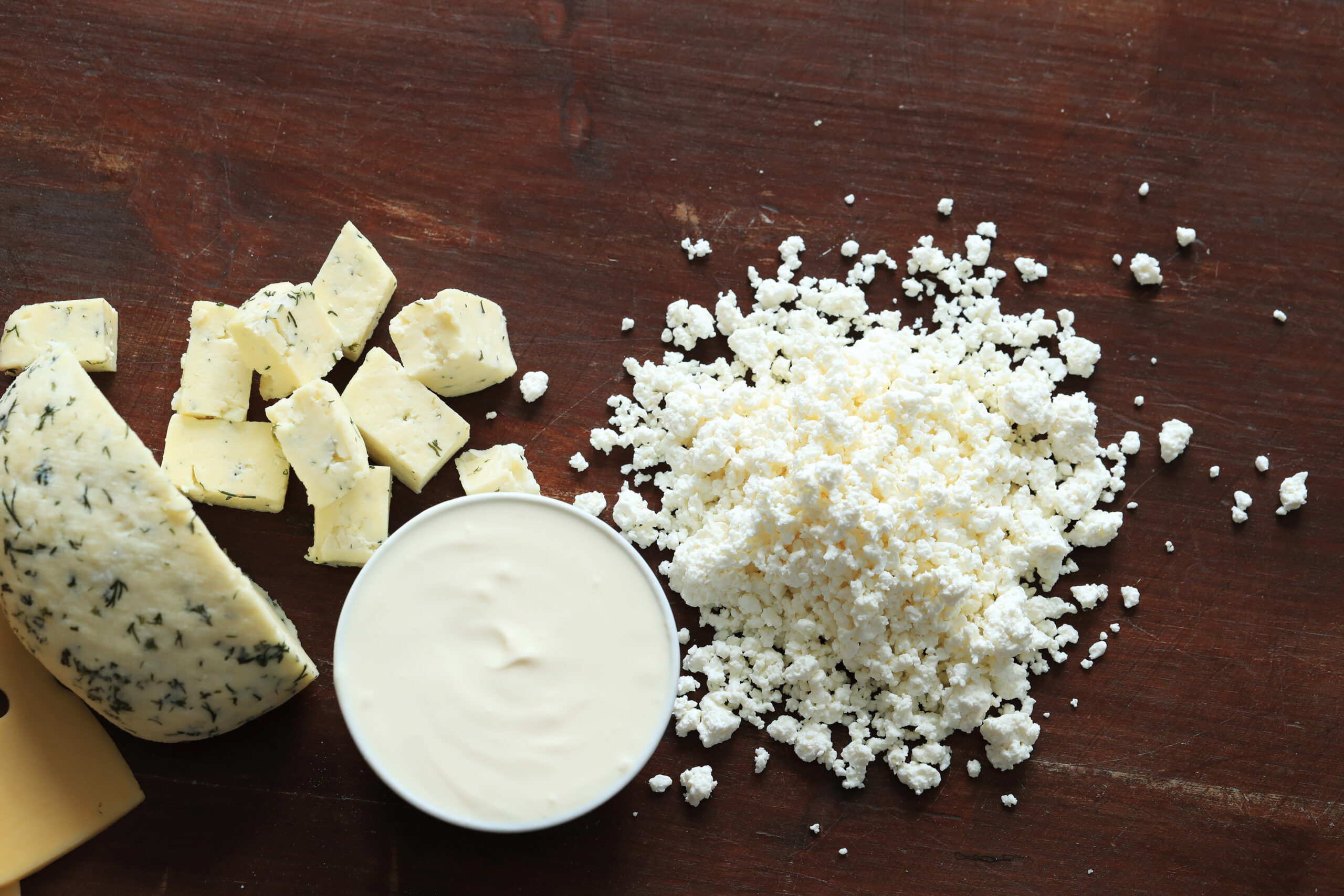Pressing flowers is a delightful way to preserve the beauty of nature, allowing you to create stunning keepsakes and art pieces from your garden or local flora. Whether you’re a seasoned crafter or a budding enthusiast, learning how to press flowers can open up a world of creative possibilities. This guide will walk you through various flower pressing techniques, essential tools, and tips to ensure your pressed flowers remain vibrant and intact for years to come.
Flower pressing is not just a craft; it’s a way to capture memories and the beauty of nature. Here are some benefits and creative uses for pressed flowers:
- Preservation: Pressing flowers allows you to keep their beauty long after they have wilted.
- Artistic Expression: Use pressed flowers in various art projects, from cards to wall decor.
- Educational Opportunities: Learn about different flower species and their characteristics.
- Sentimental Keepsakes: Create gifts or memorials using flowers from special occasions.
Essential Tools and Materials for Flower Pressing
Before you start pressing flowers, gather the right tools and materials. Here’s what you’ll need:
- Flower Press: A traditional press or a homemade version using cardboard and heavy books.
- Parchment Paper: To place between flowers and absorb moisture.
- Heavy Books: For the book pressing method.
- Microwave Safe Plate: For the microwave method.
- Weights: To apply pressure if using a homemade press.
- Scissors: For trimming flowers.
- Tweezers: For handling delicate flowers.
- Notebook: To document your flower types and pressing dates.
Choosing the Best Flowers for Pressing
Not all flowers are suitable for pressing. Here’s a checklist to help you select the best options:
Ideal Flowers for Pressing
- Roses
- Daisies
- Lavender
- Pansies
- Violets
- Buttercups
Flowers to Avoid
- Thick petals (e.g., peonies)
- Flowers with heavy moisture content (e.g., hydrangeas)
- Flowers that tend to brown (e.g., certain lilies)
How to Prepare Flowers Before Pressing
Proper preparation is key to successful flower pressing. Follow these steps:
- Choose Fresh Flowers: Select blooms that are freshly picked and free of blemishes.
- Trim Stems: Cut stems to about 2 inches long, removing any excess foliage.
- Clean the Flowers: Gently wipe off any dirt or insects with a damp cloth.
- Arrange Carefully: Place flowers in a single layer, avoiding overlap.
Step-by-Step Guide: How To Press Flowers
There are several methods to press flowers, each with its own advantages. Below are three popular techniques:
Book Pressing Method
This method is simple and effective for beginners.
- Step 1: Place a piece of parchment paper on a heavy book.
- Step 2: Arrange the flowers on the parchment paper, ensuring they are not touching.
- Step 3: Cover the flowers with another piece of parchment paper.
- Step 4: Close the book and place additional weight on top.
- Step 5: Leave for 1-4 weeks, checking periodically for dryness.
Traditional Flower Press Method
This method provides a more controlled environment for pressing.
- Step 1: Place a piece of parchment paper on the bottom plate of the press.
- Step 2: Arrange the flowers in a single layer on the parchment paper.
- Step 3: Cover with another piece of parchment paper.
- Step 4: Secure the press and tighten the screws to apply pressure.
- Step 5: Leave for 2-4 weeks, checking for dryness.
Microwave Flower Pressing Method
This method is quick, taking only a few minutes.
- Step 1: Place a flower between two pieces of parchment paper.
- Step 2: Put the parchment paper between two microwave-safe plates.
- Step 3: Microwave for 30 seconds on high.
- Step 4: Check for dryness; if not fully dried, microwave in 10-second intervals until done.
- Step 5: Allow to cool before removing.
Alternative Flower Pressing Methods
In addition to the main methods, there are other creative ways to press flowers:
- Ironing: Place flowers between two sheets of parchment paper and press with a warm iron.
- Blotting Paper: Use blotting paper and heavy weights to absorb moisture over time.
Caring for Pressed Flowers: Storage and Longevity
To ensure your pressed flowers last, follow these care tips:
- Store in a Cool, Dry Place: Keep pressed flowers away from direct sunlight to prevent fading.
- Use Acid-Free Materials: Store in acid-free envelopes or frames to avoid deterioration.
- Avoid Humidity: Moist environments can lead to mold growth.
Troubleshooting Common Flower Pressing Issues
Even experienced crafters can face challenges. Here’s how to address common issues:
Mold Growth
- Ensure flowers are completely dry before pressing.
- Use a fan or dehumidifier in the pressing area.
Browning or Discoloration
- Choose flowers known for their color retention.
- Avoid pressing flowers with high moisture content.
Insects or Pests
- Inspect flowers thoroughly before pressing.
- Consider using a mild insecticidal soap if necessary.
Safety Tips and Best Practices
When engaging in flower pressing, keep these safety tips in mind:
- Handle Tools Carefully: Use scissors and other tools with caution.
- Work in a Well-Ventilated Area: Especially when using adhesives or sprays.
- Keep Materials Out of Reach of Children: Ensure all tools and materials are stored safely.
Seasonal Flower Pressing Checklist
Different seasons offer unique flowers for pressing. Here’s a seasonal checklist:
Spring
Summer
Fall
- Chrysanthemums
- Asters
- Maple Leaves
Winter
- Evergreen Sprigs
- Holly Berries
- Pine Cones
Creative Project Ideas Using Pressed Flowers
Once you have your pressed flowers, consider these project ideas:
- Bookmarks: Laminate pressed flowers between clear sheets to create beautiful bookmarks.
- Greeting Cards: Use pressed flowers to embellish homemade cards for various occasions.
- Wall Art: Frame pressed flowers for a unique piece of decor.
- Journals: Decorate the covers or pages of journals with pressed flowers.

